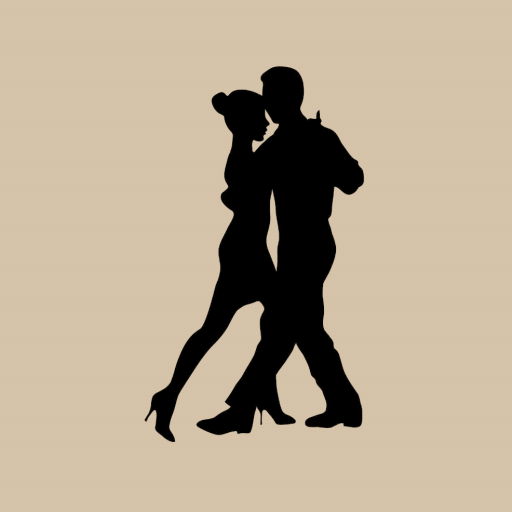The rumba originated in Cuba over 400 years ago, blending Afro-Cuban rhythms with Spanish influences before becoming a staple of Latin ballroom. As a dance of sensuality and romance, the rumba often appears in ballroom competitions and social gatherings with slower, more expressive vibes. Traditional rumba music emphasizes syncopated percussion (4/4 meter, typically between 100–108 BPM), but many contemporary R&B and pop ballads can also provide a rumba’s rhythmic framework.
How to recognize when to take the first step when dancing Rumba?
To recognize when to take your first step, listen carefully for the steady downbeats provided by the bass drum or conga. In most rumba tracks, the rhythm pattern is “slow–quick–quick,” with the “slow” landing squarely on beats 1 and 3. You should begin by stepping on the second beat of a measure, holding your pose across beats 4 and 1.
How to dance Rumba?
As a Latin ballroom dance, you may take a closed frame with your partner, but the essential character comes from hip motion through “Cuban action.” Keep your upper body steady while your hips roll naturally with each step. The lead should aim for grounded, deliberate steps, while the follower mirrors the smoothness and flow of the rhythm.
Practice now with the Dancebeat app
Get the Dancebeat app now to practice
- recognizing the correct dance for the played music.
- recognizing the dance steps of each dance.
- recognizing the right moment to take your first step.
Sources
- James Mehl: Professional ballroom dance consultant
- Eddington, Marci H., and B. Lee Wakefield. American Social Dance: Syllabus and Progress Chart. Brigham Young University, 2003.
- National Dance Council of America. Compiled Rule Book Master v2 (March 2022). PDF file, National Dance Council of America, 2022.
https://ndca.org/ – Compiled Rule Book Master v2.pdf. Accessed 24 Aug. 2025.


